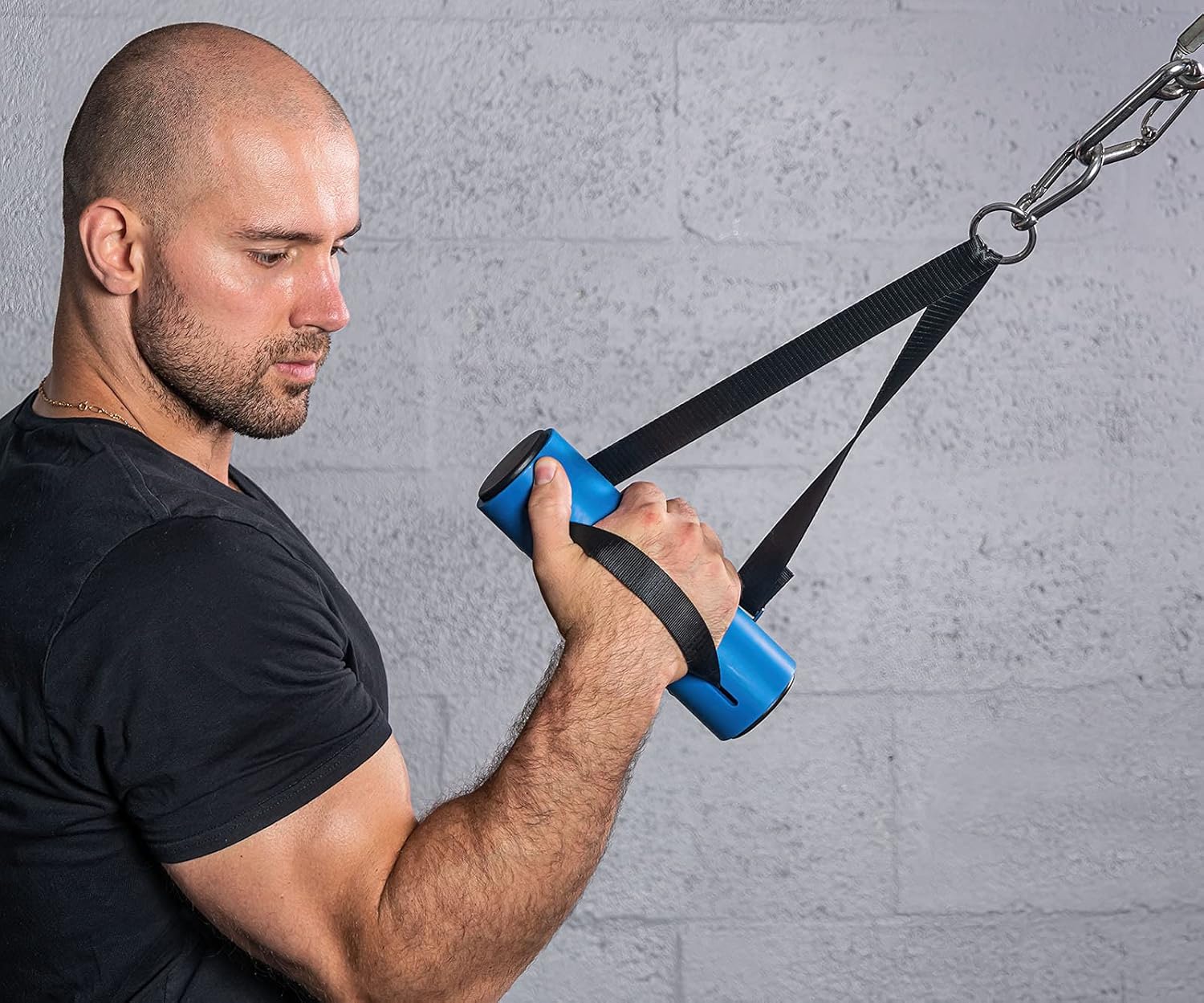Developing strength for specific goals requires targeted effort and attention to detail. When power needs to be explosive, precise, and controlled, traditional workouts aren’t always enough. Many athletes and enthusiasts are turning to discipline-based training styles that prioritize functional improvement. From grip endurance to wrist stabilization, each element contributes to total arm performance. These types of workouts aren’t just about size—they focus on agility, leverage, and joint integrity. Performance comes from more than just muscle; it stems from how the body moves under resistance. If you’re interested in focused power development and functional strength, read the full article to explore what makes this approach effective.
The Role of Leverage and Positioning

It’s not always the biggest muscle that wins—it’s the one that knows how to apply force in the right direction. Developing body awareness during strength work helps improve leverage, balance, and spatial control. This is particularly important when dealing with dynamic resistance where the angle of force constantly shifts. Training that emphasizes controlled movement through various positions prepares the body to stabilize under unpredictable loads. It’s a process that trains not just strength, but reflex and readiness. That edge in control can be the deciding factor in key moments of performance.
Grip Endurance Matters More Than You Think
Endurance in the hands and fingers isn’t flashy, but it plays a key role in sustained performance. Holding, clamping, and resisting force require more than occasional strength—they require staying power. Exercises designed for grip are often overlooked in general routines, yet they support the entire upper body chain. They create stability for the wrist and forearm while helping to delay fatigue during intense efforts. Over time, focused grip work builds resilience that translates into better control and longer output. This added layer of endurance is where real strength begins to show up.
Rotation and Wrist Mobility

Strength without mobility limits potential. The ability to rotate and extend the wrist under pressure can make or break certain movements. Training for mobility helps unlock strength through the full range of motion, ensuring you can move naturally and without strain. Many focused athletes incorporate tools and routines that support joint flexibility while building resistance. It’s not just about moving weight—it’s about moving it well. This allows for smoother transitions, better technique, and reduced risk of injury over time.
Activation Across the Arm Chain
The connection between hand, wrist, forearm, and shoulder needs to be synchronized. Every time force is applied or resisted, this chain activates in sequence. Training that stimulates all areas together ensures each link supports the next. Isolation exercises are helpful, but integrated movement patterns build real-world strength. Think rotation, pressure, and control from multiple angles. These workouts develop not only power, but the coordination to deliver that power effectively. It’s a full-arm effort that builds confidence through consistency.
Routine That Fits Into Any Schedule

You don’t need a massive time investment or a gym full of equipment to make real progress. Small tools and simple movements—when used consistently—can yield significant results. The key is repetition and progression, not complexity. Whether during a warm-up, a break at work, or part of a larger routine, focused movement adds up. With the right mindset and discipline, gains come steadily and safely. The approach is adaptable, sustainable, and suited for anyone aiming to build functional upper body strength.
For those looking to level up their performance, arm wrestling training offers a powerful path to specialized strength development that aligns with real-world movement.
Every rep adds to your foundation. Every routine sharpens your edge. As strength and control grow together, your body learns to react, resist, and recover more efficiently. This isn’t about showing off—it’s about showing up stronger every day.

